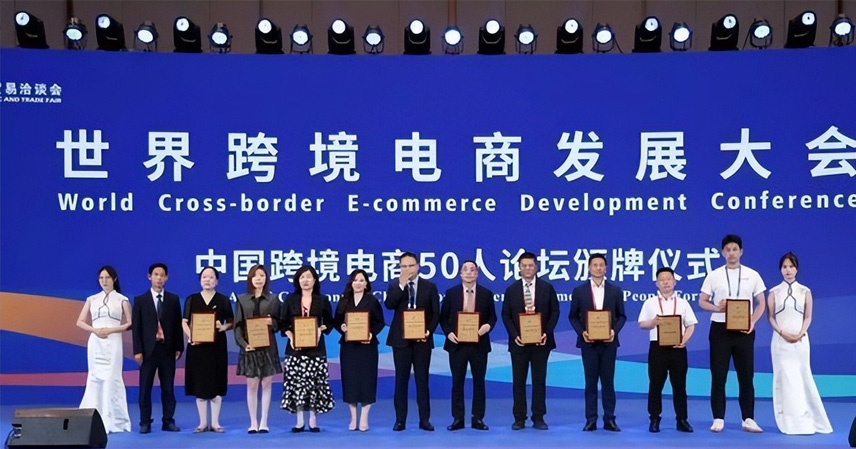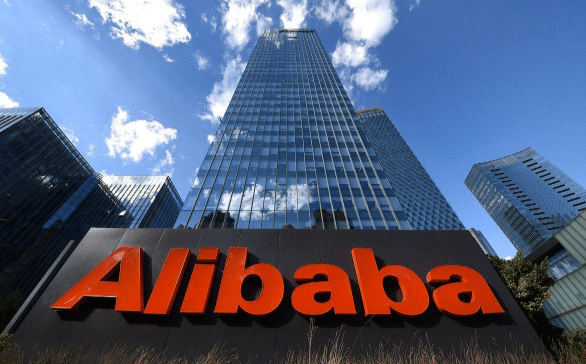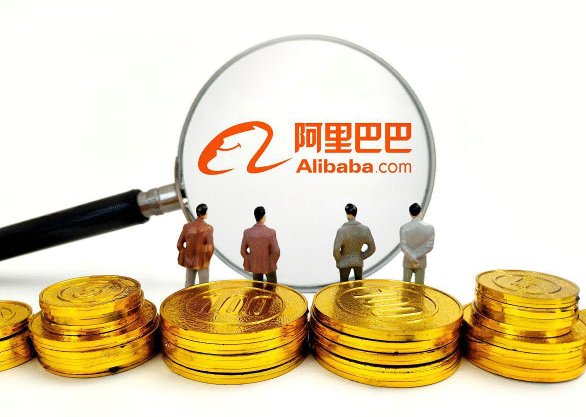For many people in 2025, economic pressure remains high. Finding stable jobs has become difficult, and income growth seems stagnant. Meanwhile, headlines about the U.S. economic recovery have made some question whether China’s economy has lost its momentum. Has China’s golden era truly ended — or is there more beneath the surface?
China’s Economic Resilience
Over the past few decades, China’s economy has undergone multiple transformations — from an agrarian society to an industrial power, and now toward a technology- and service-driven economy.
Each transformation brought temporary pain, yet each time, China managed to regain strong momentum.
Even in 2025, the Chinese economy shows remarkable resilience, capable of adapting to the ever-changing global environment.
In early April, China faced a sudden tariff shock. The A-share market plunged by 245 points in a single day, triggering panic among investors who feared a repeat of the 2018 trade war.
However, the government’s swift and effective response stabilized the market within days — first by supporting the Hong Kong market to restore investor confidence, and then by launching policies to boost mainland stocks.
The rapid rebound demonstrated not only China’s policy flexibility but also its economic stability.
By contrast, the United States has struggled to maintain coordination between fiscal and monetary policies. The Federal Reserve’s reluctance to cut rates has slowed economic growth, while political uncertainty undercut financial confidence.
This comparison reveals one key difference: China’s economic governance model remains adaptive and coordinated, even amid external shocks.
The Shift from Real Estate to Innovation
China’s previous decades of rapid growth were largely fueled by real estate and infrastructure investment, particularly after the 2008 global financial crisis.
That approach helped China recover quickly but also created financial and debt risks at the local level.
Now, the government is accelerating its economic transformation, moving away from reliance on property markets toward technology innovation and industrial upgrading.
This transition will not happen overnight. But by 2025, new engines of growth—such as high-tech manufacturing, renewable energy, and the digital economy—are taking shape.
China is channeling more resources into AI, quantum computing, biotechnology, and green industries, laying the foundation for sustainable long-term growth.
China’s Expanding Global Role
China’s growing economic scale has reshaped its position in the global economy.
While the U.S. continues to leverage its vast consumer market for geopolitical influence, China has shifted focus toward supply chain integration and global cooperation.
Through initiatives like the Belt and Road, China is promoting infrastructure, energy partnerships, and cultural exchanges that support mutual growth.
Moreover, the push for RMB internationalization strengthens China’s financial security while contributing to global stability.
Still, challenges remain—such as property market adjustments, sluggish consumption, and local debt pressures. To manage these issues, Beijing has adopted a cautious yet proactive approach, avoiding “flood-style” stimulus while maintaining stability through targeted reforms.
Stabilizing the Property Market
The government’s current focus is on ensuring housing stability rather than speculative growth.
Policies now emphasize “ensuring project delivery and protecting livelihoods,” with more support for affordable housing and “equal rights for renters and buyers.”
Local authorities are encouraged to maintain balanced housing supply and reduce systemic risks — ensuring that real estate no longer dominates the economic agenda.
Meanwhile, financial reforms are guiding capital toward innovation, small enterprises, and green projects, aligning credit policy with the needs of the new economy.
This shift marks China’s gradual move from low-cost manufacturing to high-value innovation.
Opportunities for Individuals
For ordinary citizens, the transformation can feel daunting — but it also brings new opportunities.
Traditional jobs are shrinking, but emerging industries are booming. Those who adapt quickly and upgrade their skills will benefit the most.
Key growth areas include AI, digitalization, renewable energy, and life sciences. Learning coding, data analysis, or green technology can provide a strong edge in the evolving job market.
As seen in April’s market volatility, emotional reactions can lead to losses. Long-term vision and economic literacy are crucial to navigate uncertainty.
Conclusion
China’s economy is entering a critical transition period. Challenges are real, but so are the opportunities.
As history has shown, every phase of reform has paved the way for renewed growth.
In this era of global uncertainty, China’s move toward innovation and sustainability could mark the beginning of a new golden chapter—not its end.
For those who stay adaptable and forward-thinking, the second half of 2025 may well be a golden season of opportunity.
References:
- Ministry of Commerce of the People’s Republic of China (Mofcom) reports, 2025
- International Monetary Fund Economic Outlook, 2025



